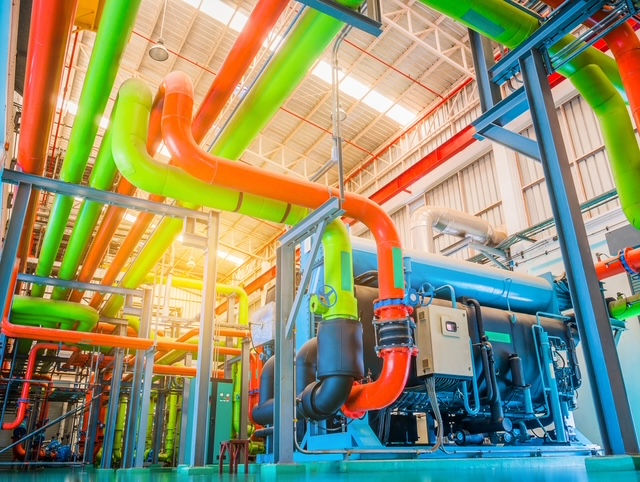MSC Provides HVAC Sound Testing Services
- MSC
- Sep 15, 2020
- 2 min read
Noise in HVAC systems can be indicative of equipment problems or performance issues, and oftentimes excessive noise can have a negative impact occupant comfort and productivity. MSC provides acoustical analyses in new and existing buildings to identify issues and enable owners to keep noise levels in check.

Noise can never be completely eradicated in HVAC systems, only minimized, and the best time to take steps to do so is in the planning phase. Most local ordinances restrict noise to a certain decibel level at the property line, usually around 50 dB, and noise should be kept to tolerable levels within the building as well. Equipment manufacturers provide dB ratings for given distances to assist in system planning, and most offer options such as generator housings and sound attenuators for air handling units and ductwork if noise will to exceed acceptable levels despite design considerations. For particularly challenging installations, it is always advisable to seek the assistance of an HVAC specialist like MSC or another sound professional.
The majority of post-installation noise issues encountered by MSC are due to air velocity and fan noise. High-pitched air velocity problems are usually easier and less costly to deal with than low D-based rumbles produced by large motors, engines and pumps. MSC performs sound testing on chillers, air handlers, cooling towers, air compressors, lyophilizers, etc., measuring sound at various distances and operating conditions, and detailed analysis on the collected dB data helps to pinpoint the source of the excessive noise.
MSC recently performed acoustical testing as part of a large commissioning project to verify sound levels in several laboratories and common corridors. Noise levels exceeded laboratory standards by 10-15% and additional readings at the property line were slightly elevated. MSC technicians quickly traced the problem to four high-plume exhaust fans on the roof, and corrective action was determined to be installation of inlet and outlet silencers on each of the fans. Four-foot long sections of duct were removed to accommodate sound attenuators installed at the inlet of the fan manifolds and sound attenuators supplied by the manufacturer were installed on fan exhaust. Final sound readings following these corrective actions showed dB levels in both labs and at the property line to be well within allowable parameters.




Comments